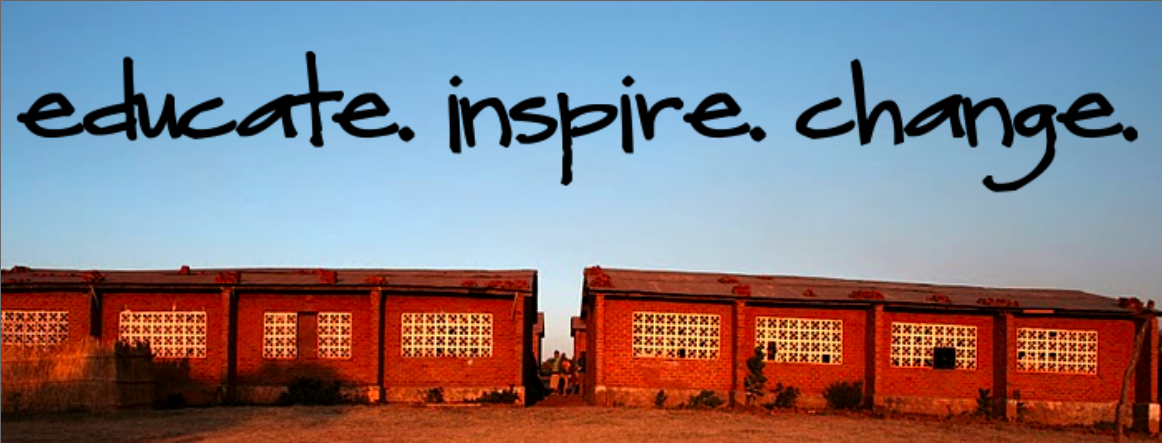Malawi to Launch New Nutrition, HIV and AIDS Project
The principal secretary of the Malawian Department of Nutrition and HIV/AIDS, Edith Mkawa, announced during a conference Monday, February 25, 2013 that Malawi is set to launch a new five-year Nutrition and HIV/AIDS program February 28, 2013. President Joyce Banda will preside over the function at Bingu International Conference Center.
The new program will focus largely on the reduction of childhood stunting, childhood and maternal anemia, and the prevention of HIV. Mkawa stated that while Malawi has made significant improvements on reducing HIV transmission rates, its prevalence rate still remains among the highest in the world, making prevention a priority. Some of the most recent statistics show about 900,000 to 1,000,000 people of all ages living with HIV in Malawi. (UNICEF)
Child stunting is an issue that is caused by under-nutrition
that poses a large threat in Malawi. Those who suffer from it live with poor
physical health throughout their lives and damaged cognitive abilities that
limit their capacity to learn and earn a decent income. (CNN)
“Malawi has made significant gains in child survival
and maternal health, but no significant improvements have been made so far on
child survival and stunting. Stunting also has long term effects on cognitive
development, school achievement, and maternal reproductive outcomes,” Mkawa
explained.
It is hoped that the implementation of this project
will reduce levels of HIV transmission in both children and adults in addition
to reducing stunting levels. Changing these statistics would greatly improve
the overall welfare of the country.
 |
| World Bank Lending to Malawi By Volume (in USD Millions) |
Story link:
